What people
are saying
Don’t take our word for it. See how others view the Equinosis Q as an integral part of their lameness, rehabilitation, equine sports medicine, and wellness care.
What People
Are Saying
Don’t take our word for it. See how others view the Equinosis Q as an integral part of their lameness, rehabilitation, equine sports medicine, and wellness care.
DID YOU KNOW?
Over 70 universities around the globe, including 80% of all North American veterinary teaching hospitals, are training the next generation of doctors with Equinosis technology.
Thank you, Dr. Keegan, for inventing the single best piece of equipment I have purchased in my 36 years of practice. It has changed my life. I was considering retiring, but am now excited to perform lameness evaluations again and looking forward to practicing for years to come.
Kathy Broaddus, DVM
Equine Veterinarian
Broad Run Veterinary Service, Inc

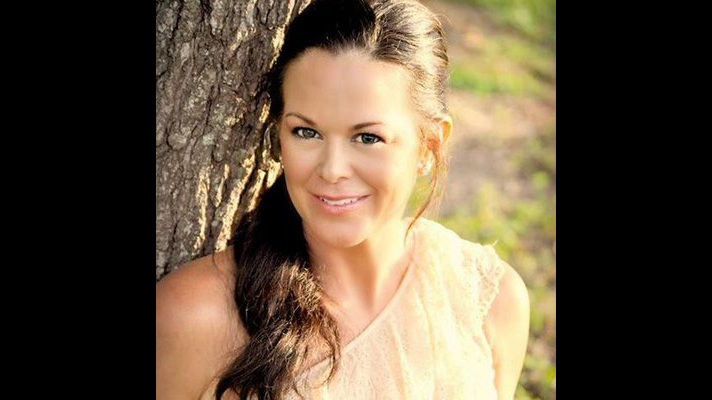
We are getting more things done for the horses. With the [Equinosis Q] measurements, we can quickly decide what actions we will take – or choose not to take. Mark has confidence in the data. So, we can intervene where and when we need to.
Allison Foil, DVM
Equine Veterinarian for Mark Casse – National Horse Racing Hall of Fame Thoroughbred Trainer
The Equinosis Q is an integral part of our Performance Medicine and Rehabilitation Program. It is invaluable in the diagnosis of mild lameness. Additionally, it allows us to evaluate the response to regional anesthesia so that we can accurately localize the source of the lameness. We also use it to evaluate the response to treatment as well as a horses progression during their rehabilitation program.
Steve Adair, III, MS, DVM, Dipl.ACVS, Dipl.ACVSMR
Associate Professor Equine Surgery
University of Tennessee

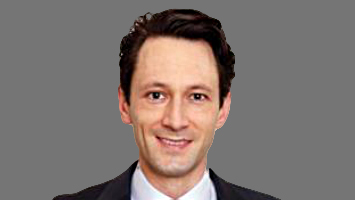
In our environment, [the Equinosis Q with Lameness Locator] helps to minimize conflict with trainers who might say ‘You know this horse’s action! The last time he looked exactly the same and won; so, why do you have an issue with him this time around?’ LL is useful to confirm a decline in the quality of movement and defend a regulatory decision. We often put LL ‘workup’ requirements on horses in training that have been recorded or found to be lame as part of their suitability to return to training. We also use the LL to support the enforcement of the compulsory retirement of horses with pathology that may compromise welfare.
Dr. Peter Curl
Executive Manager, Veterinary Regulation
The Hong Kong Jockey Club
All our trainers are used to electronic systems of gait assessment, and we have a very high uptake on its use in a clinical setting for nerve blocks, etc. Objective gait assessment is a great tool for settling arguments with trainers.
Dr. Koos Van Den Berg
Head of the Veterinary Department and Internal Medicine Specialist
Singapore Turf Club
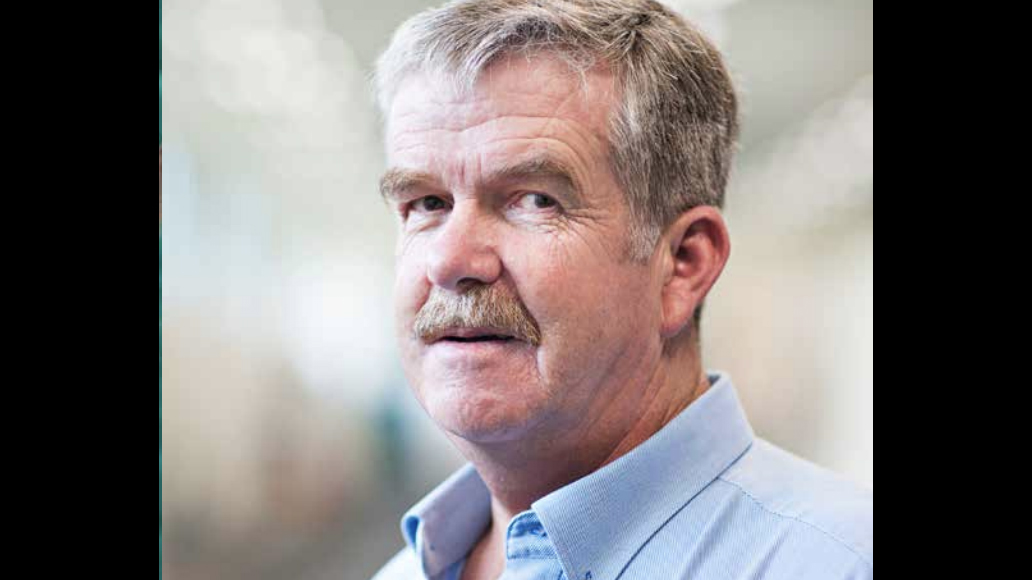
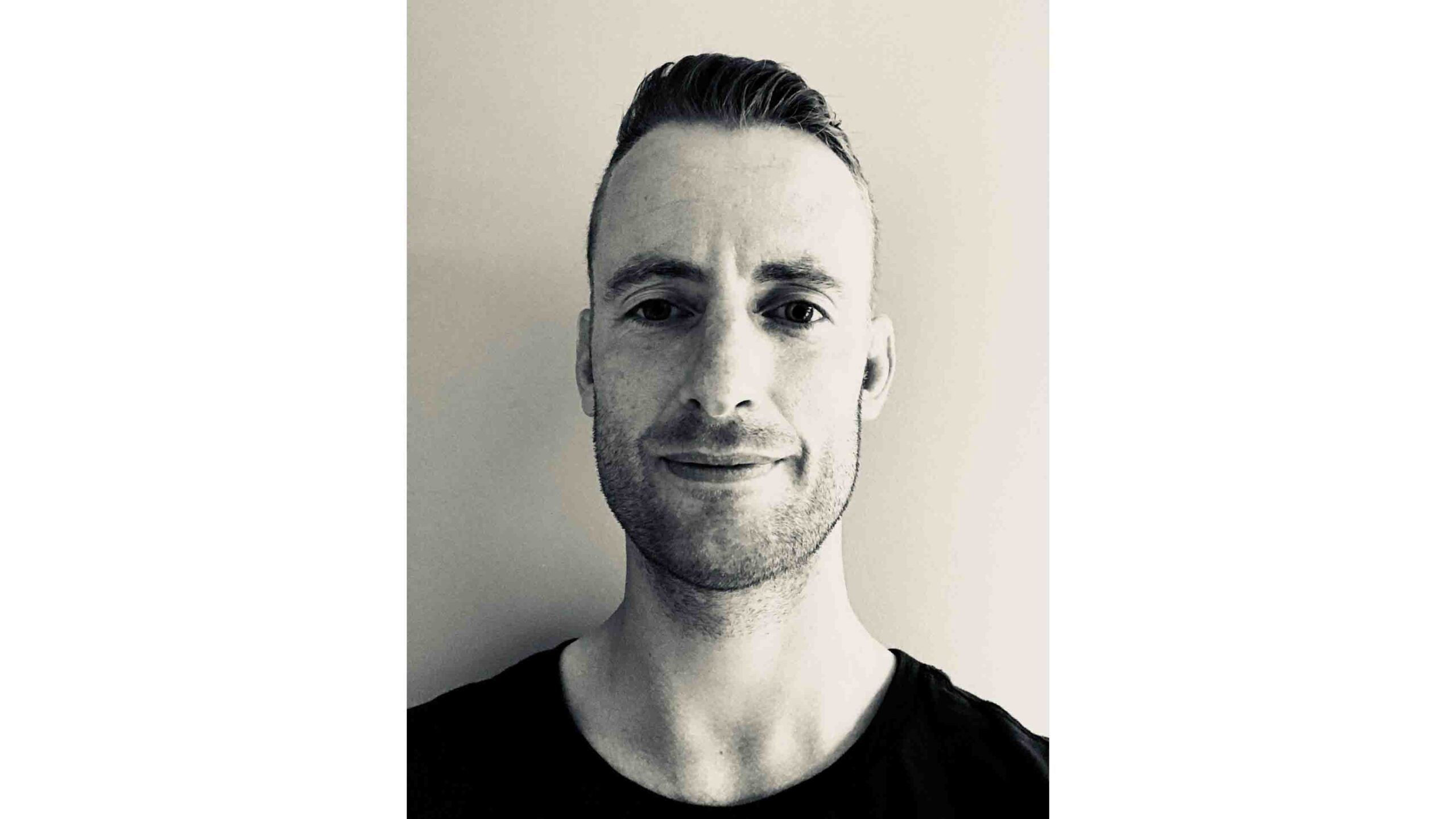
A real eye-opener [for all veterinarians]; multi-limb lameness and subtle changes after diagnostic anesthesia (which is what we are dealing with on a daily basis) really benefit from instant, objective and quantitative interpretation. Moreover, the ease-of-use of the Q is simply impressive.
Maarten Oosterlinck, DVM, PhD, Dipl. ECVSMR (Equine), Dipl. ECVS
European Specialist in Equine Sports Medicine/Rehabilitation
Ghent University, Belgium
Equinosis is the perfect system to assess horse’s response to treatment. Here at UC Davis, we currently conduct several clinical trials to treat specific cartilage, ligamentous and tendinous lesions with mesenchymal stem cells. The Lameness Locator allow us to precisely assess the degree of improvement after treatment. This not only helps us to determine if future treatment is required, but also provides the objectivity and accuracy essential for research publications.
Pablo Espinosa, DVM, ACVS/ECVS
EBVS® European Specialist in Large Animal Surgery


Equinosis has become the standard by which I assess all lameness cases. After looking at lame horses for four decades, I now realize I was examining horses without as much information as I needed before I was using the Q. My clients, many of whom are discerning professionals, now rely on this technology as much as I do. After assessing more than 500 horses in the past 3 years, I have two hard and fast rules: never assess a nerve block without using the Q and never let my clients purchase a horse without the information offered by the Q.
Mark Baus, DVM
Owner
Grand Prix Equine
I just love the machine. So helpful. Great tool to add to my practice. I feel it has helped me become a better vet and I have learned more about the biomechanics of the horse. I use it almost daily. Love love love it!
Erica Koch, DVM
Owner
Wentworth Equine
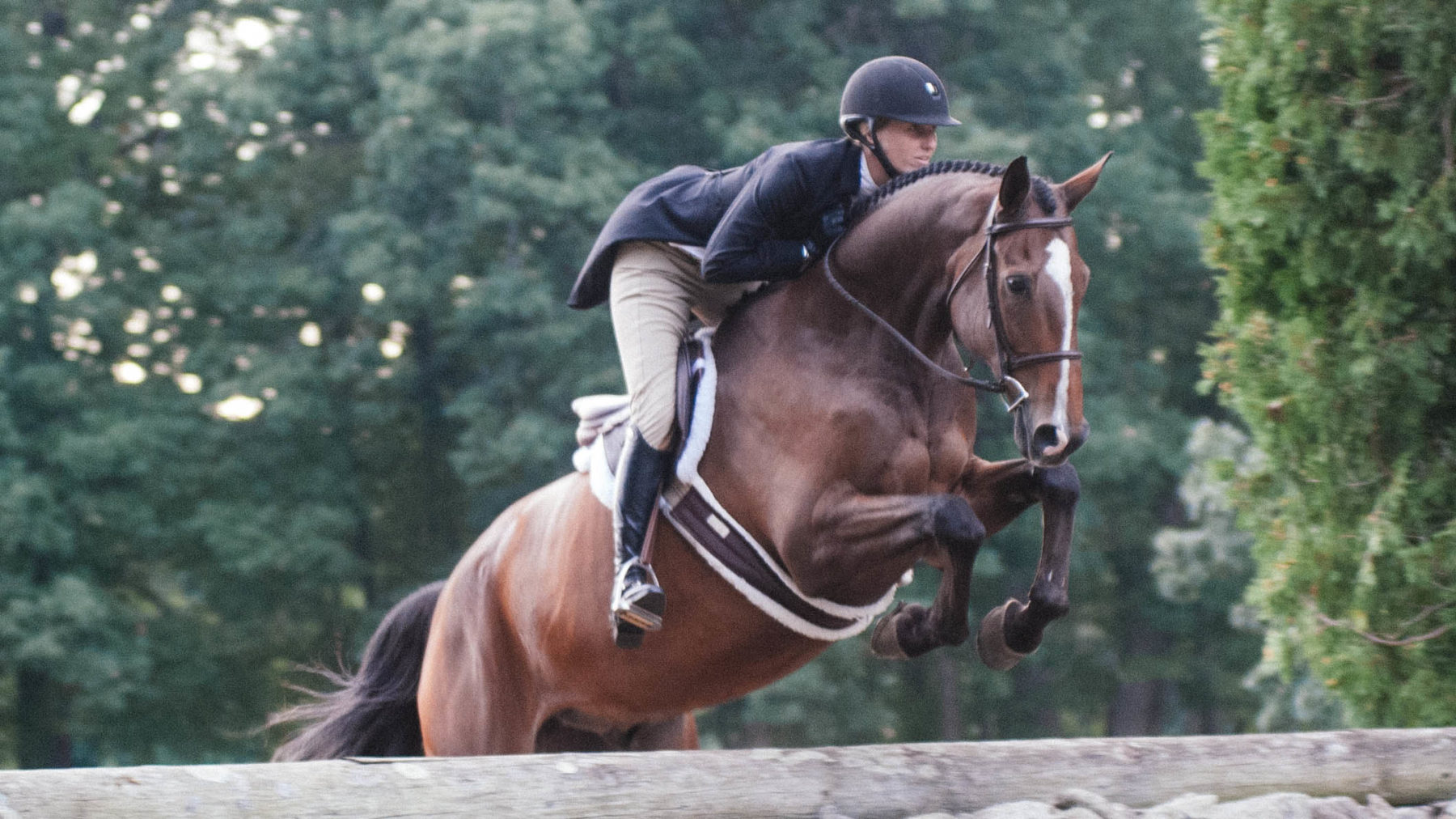
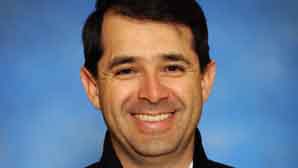
The Equinosis Q System (Lameness Locator) is not the future, rather it is the present in Equine Sports Medicine. Thank you Equinosis for offering the program!
José R. Castro, DVM, Dipl. ACVS, Dipl. ABVP, CVA Equine
Owner
Davie County Large Animal Hospital
The Lameness Locator provides a superior measurement that allows me to make more accurate diagnoses and monitor patient progress with higher precision. It also gives me the early detection of sub-clinical lameness in high level sport horses. It’s like having a second opinion at every appointment and has revolutionized my lameness exam methodology.
Dr. Fernando Cardenas
Equine Veterinarian
3H Equine Hospital
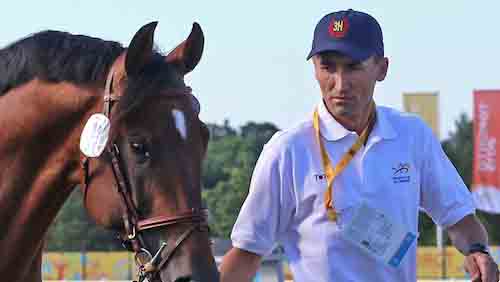
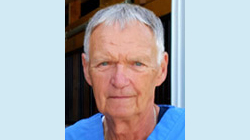
I have been a user of the [Equinosis Q with] Lameness Locator® in my practice for multiple years and have found it to be extremely valuable in adding pertinent information in dealing with the complexities of equine lameness. The system provides repeatable information, and I find it most consistent with the clinical presentations.
Finally, the support team of Dr. Tyrrell and Dr. Keegan is fantastic. Once, Dr. Keegan said, “I use the Lameness Locator on almost every lameness case.” I thought, “Wow, a little much?” But now I find myself doing the same thing. A great tool especially when the professional does not agree with one’s assessment of response to local analgesia.
Ron Genovese, VMD
Equine Veterinarian
Cleveland Equine Clinic
I am lucky enough to have Dr. W Davis hands on my top dressage horses, and I was completely impressed with your technology and thankful Dr. Davis has it in his back pocket. It makes the whole process easier and less stressful for owner and rider.
Melissa Taylor
Owner
Legacy Farms, Wellington, FL


I have found the Lameness Locator to be a valuable tool for both the evaluation of equine lameness and teaching of veterinary students. One of its greatest benefits is the evaluation of limb flexion and nerve blocks. I am able to better interpret nerve blocks in horses with multi-limb lameness and assess response to treatment or surgery.
John F. Marshall, BVMS, PhD, Dipl. ACVS/ECVS
Senior Veterinary clinician
University of Glasgow
We have used the Lameness Locator® to evaluate clinical cases of lameness and for research…the objective data obtained with the Lameness Locator® appears to provide a much more accurate assessment of gait (based on sometimes wide variation of our subjective scores) and provides reassurance that subjective data has not been unduly influenced by our bias.
John Schumacher, DVM, MS, Dipl. ACVIM
Professor – Dept. of Clinical Sciences
Auburn University
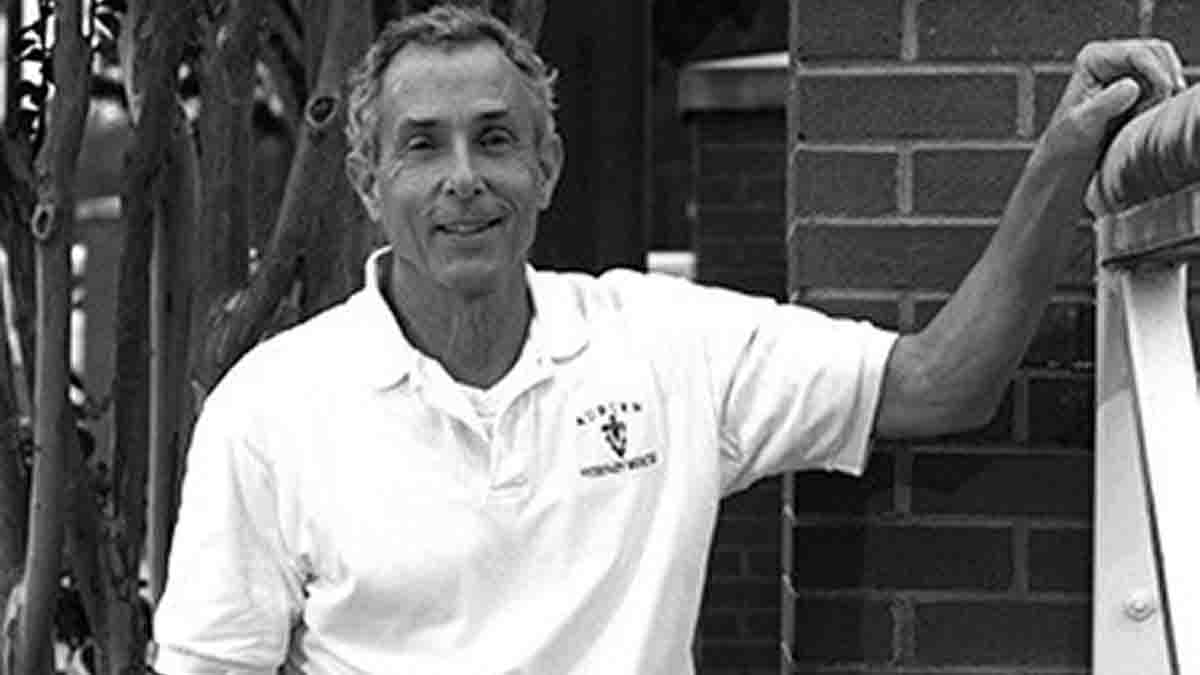

Our trip to Dr. Propp in Pryor, Oklahoma, was a game changer for Chance. We’d been to local vets many times, but were just throwing money at problems without knowing if we had found the true cause of his issues. The Lameness Locator helped us find the real root of his problems, and we’ve been able to maintain him as a tough 1D/rodeo horse because of what we learned that day. Three years later, he just finished running 5th out of over 200 last Friday at Topeka, KS.
Melanie McGee
Yates Saddle Club Arena
We have three criteria before we purchase new technology. The equipment must: 1) improve equine health care, 2) improve the veterinarian’s quality of life, 3) generate revenue. The Lameness Locator does all three exceptionally well. This is a remarkable device.
Roland Thaler, VMD, Dipl. ACVSMR, Cert. ISELP
Owner
Metamora Equine

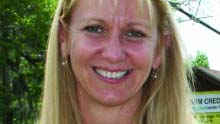
The LL has become a very useful diagnostic and teaching modality of the University of Florida’s Equine Lameness & Imaging Service. Its use has led to more comprehensive lameness exams, and increased client confidence. It supports our clinical assessments of routine, multi-limb, and subtle lameness.
Alison Morton, DVM, MSpVM, Dipl. ACVS
Clinical Professor, Medical Director of Large Animal Hospital
University of Florida College of Veterinary Medicine
Lameness Locator has become an integral part of my evaluation of horses referred to me for lameness. I use Lameness Locator routinely, 1) to detect if lameness is present in horses with a history of poor performance or multi-limb lameness, 2) to grade the level of lameness before and after regional analgesic techniques and calculate the degree of improvement observed especially in horses with hind limb lameness.
Michael Scrhamme, DMV, PhD, Dipl. ECVS/ACVS
Professor – Specialist in Equine Surgery and Orthopedics
VetAgro Sup


I started using LL in only the difficult cases, but I now use it on almost all of the lameness exams.
Aric Adams, DVM, Dipl. ACVS
Surgeon/Owner/Partner
Equine Medical Center of Ocala
The lameness locator has become an integral part of our sports evaluations at Mission Equine.
Bruce Kuesis, DVM, Dipl.ACVIM
Owner
Mission Equine
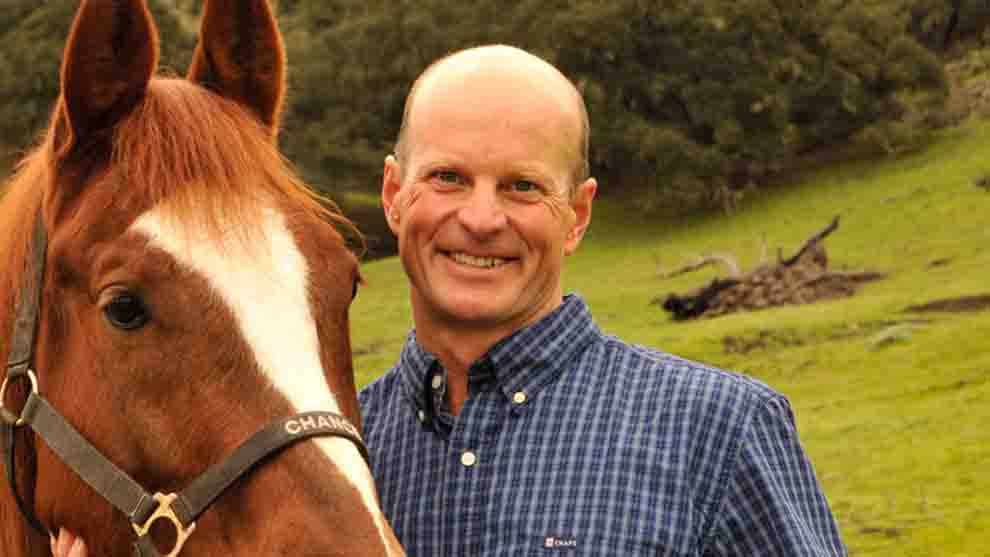

The Lameness Locator has inspired confidence in our clients who love the objectivity of the process. The only mistake we made is to avoid putting it on every single case so we now have 2 sets of sensors! Lameness that is “only felt by the rider” can now be “seen” by the Lameness Locator.
Nick Kleider, DVM
Owner
Kleider Veterinary Services
I have found the Lameness locator to be especially helpful in interpreting the results of diagnostic nerve blocks in horses with subtle hind limb lameness…I more frequently identify and resolve lameness problems. The lameness locator is easy to use, sensitive and reliable. The professional staff at Equinosis are extremely helpful.
Mark T. Donaldson, VMD, Dipl. ACVIM
Equine Veterinarian
Unionville Equine Associates


We use the Lameness Locator with the inertial sensors for up to 80% of our lameness patients…especially examining hind leg lameness.
Wolfgang Stäcker, DVM
Lecturer in Equine Surgery and Orthopedics
Freie University of Berlin
Lameness Locator has proven to be a practice builder by providing me with an additional diagnostic tool using cutting edge technology that has formerly been unavailable to equine practitioners. I find it very useful to objectively interpret diagnostic blocks as well as assessing response to therapy.
Kent Allen, DVM
Practice Owner
Virginia Equine Imaging
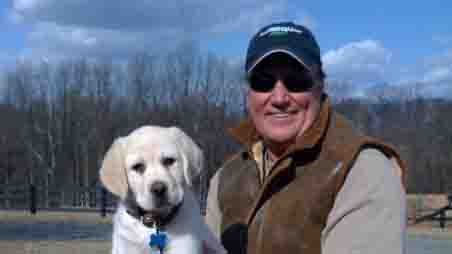

Phenomenal! I use it all the time now. I find it especially useful for detecting differences (or not) with flexions and blocking – takes out the human nature element of wanting your blocks to work!
James Belknap, DVM, PhD, Dipl. ACVS
Professor
The Ohio State University
The Equinosis system has allowed me to deal with subtle lamenesses that previously I may have requested these horses get worked in order to more consistently show a gait abnormality. Now I can objectively and adequately work up these horses, avoiding the risk of excessive further damage to tissues with increased workload.
Duncan Peters, DVM, MS, Dipl. ACVSMR
Co-Owner
East-West Equine Sports Medicine

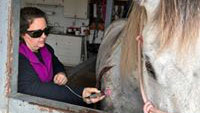
My customers LOVE it. It has definitely brought us new clients.
April Andrews, DVM
Equine Veterinarian
Alabama Performance Horse Service
The Lameness Locator has proven to be very useful in our practice. On a daily basis, this system assists us in determining the origin of complicated lameness and serves as a guide to further diagnostic testing and targeted therapy. Our clients are impressed with the results and have been very supportive of it.
Cliff Honnas, DVM, Dipl. ACVS
Co-Owner
Texas Equine Hospital


